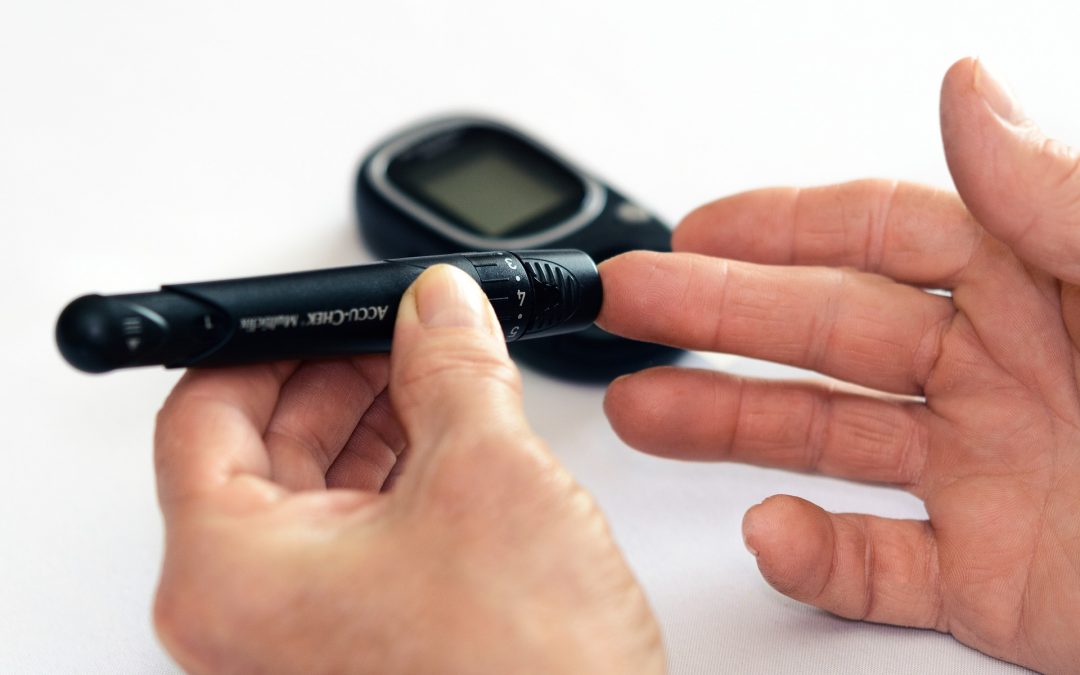Having healthy blood circulation is essential for delivering oxygen and nutrients to the body. These are the symptoms and causes of poor blood circulation.
Poor blood circulation is typically felt in the extremities (think arms and legs).
While poor circulation is not a condition in and of itself, it does cause certain symptoms.
It is also the result of an underlying issue, which is why you should treat the condition causing it instead of simply the symptoms.
Conditions such as diabetes, obesity, and heart issues can lead to poor circulation.
Symptoms
Most people with bad circulation will experience symptoms like numbness, pain, tingling, throbbing pain, and muscle cramps.
However, different conditions causing bad circulation will lead to different symptoms.
Causes
Some of the causes of poor blood circulation include peripheral artery disease, blood clots, varicose veins, diabetes, obesity, and Raynaud’s disease.
1. Peripheral Artery Disease
PAD (peripheral artery disease) is a condition that narrows the blood vessels and arteries.
This condition causes a decrease in blood flow to the extremities, which can lead to tingling, numbness, tissue damage, and nerve damage.
When left untreated, this reduction in blood flow can lead to a stroke.
2. Blood Clots
As it says in the name, blood clots can partially or entirely block the body’s blood flow.
When a blood clot develops in the legs or arms can causes circulation issues.
They are dangerous and can form due to several reasons.
If a blood clot breaks away, it can travel through your heart and lungs, leading to a stroke and other fatal conditions.
3. Varicose Veins
Enlarged veins due to valve failure are called varicose veins.
Often seen around the back of the legs, varicose veins have an engorged appearance.
These veins are damaged and, therefore, cannot efficiently move blood as well as other veins.
They are likely to develop in people who are overweight or have a relative that has them.
4. Diabetes
Diabetes doesn’t just affect your blood sugar – it can also lead to poor blood circulation, specifically in the legs.
People with diabetes may experience pain in the thighs, calves, and buttocks as well as cramping in the legs.
It can also lead to overall heart and blood vessel issues and can increase the risk of high blood pressure and atherosclerosis.
5. Obesity
Those who are overweight can experience circulation problems if they spend a lot of time sitting or standing.
Obesity may also lead to other conditions that cause bad circulation such as varicose veins and blood vessel issues.

